Many experts believe that the custom of cremation dates back to the Zhou Dynasty. When the emperor died, concubines, palace maids, etc. would be killed, commit suicide, or be buried alive. According to ancient beliefs, this custom would help the emperor continue to have companions and caretakers in the afterlife .
In the following centuries, emperors of many dynasties practiced the gruesome practice of martyrdom. Unlike many other emperors, Qin Shi Huang did not order any of his concubines to be martyred after his death.
Instead of burying the living, Qin Shi Huang had thousands of people created in terracotta. The life-sized army was buried with him in a lavish mausoleum.
Some historical researchers believe that the reason why Qin Shi Huang did not use living people for burial but used terracotta statues was for a number of reasons.
After ascending the throne, Qin Shi Huang launched many wars, destroying six vassal states, causing many deaths.
Furthermore, the construction of the mausoleum for Qin Shi Huang also caused many workers to die due to hard work or having to keep it a secret.
Therefore, to accumulate some virtue for himself, this king followed the advice of Prime Minister Ly Tu and used terracotta statues instead of living people to be buried.
Qin Shi Huang was a theist king who believed that the afterlife really existed. He knew that he had caused many deaths in wars throughout his life, so he feared that when he went to the underworld, he might be punished by the King of Hell.
So, Qin Shi Huang created thousands of terracotta soldiers to protect him in the underworld. Not only that, the terracotta army was created by artisans with the exact same shape as the Qin soldiers at that time.
With this army, Qin Shi Huang considered it a way to show off his power when he went to the other world and continued to conquer and rule everywhere.
Source: https://khoahocdoisong.vn/ly-do-tan-thuy-hoang-khong-ha-lenh-tuan-tang-phi-tan-post1550077.html


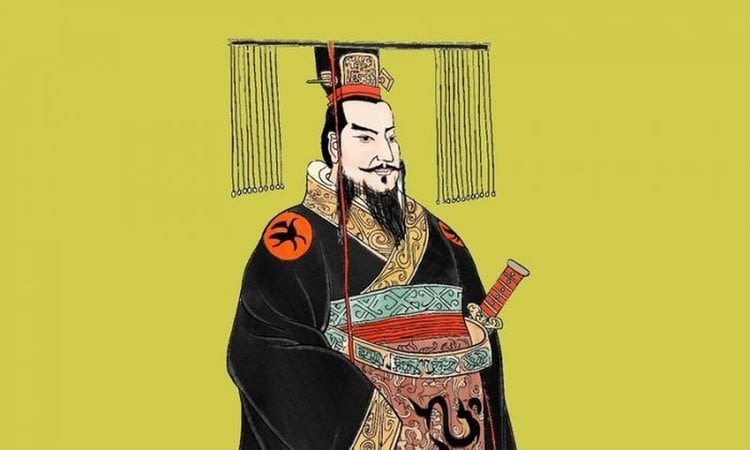
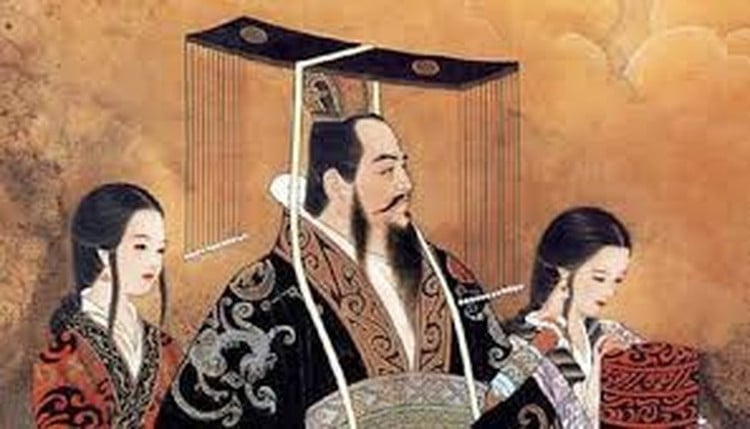
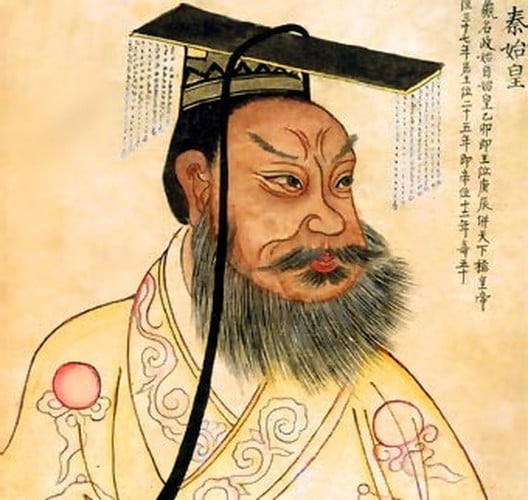
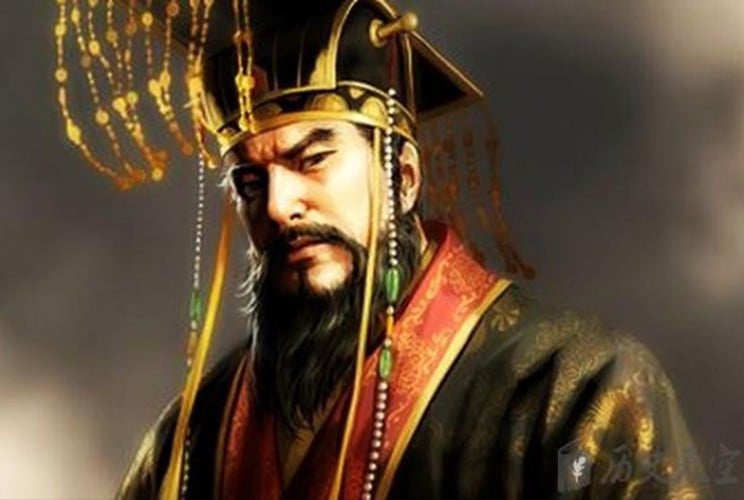
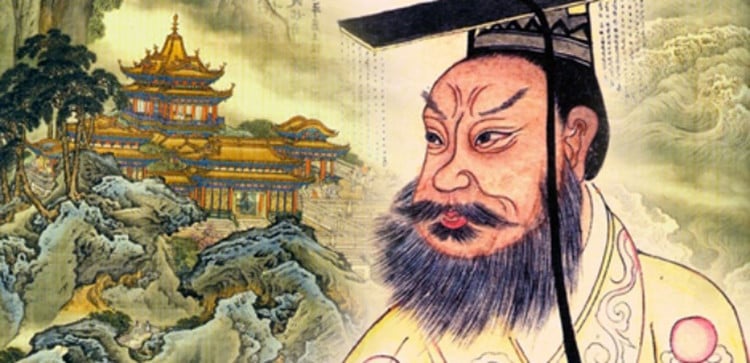
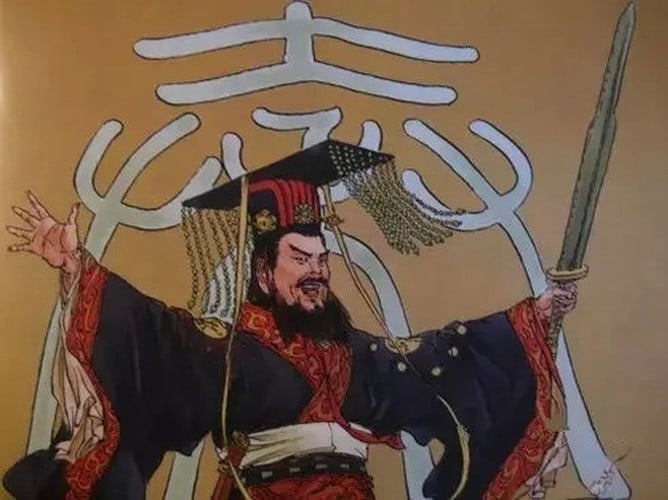

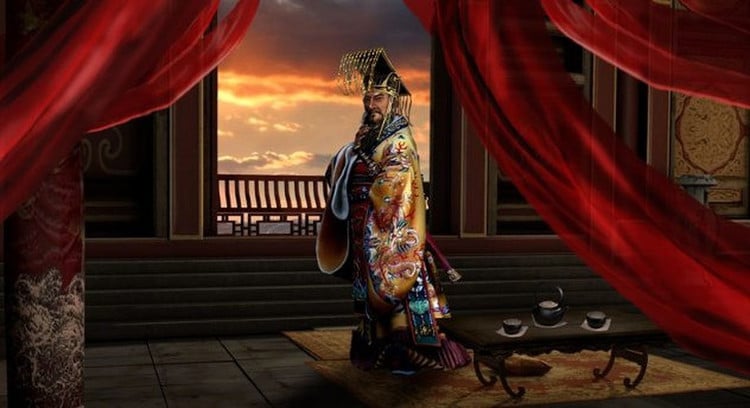
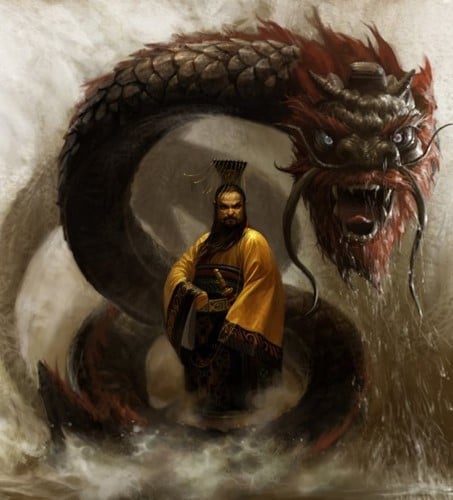
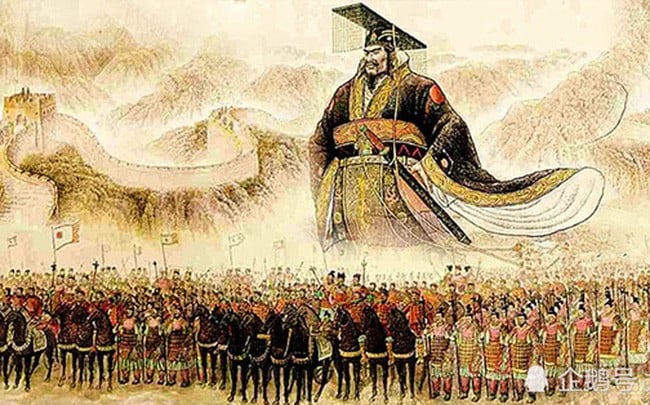

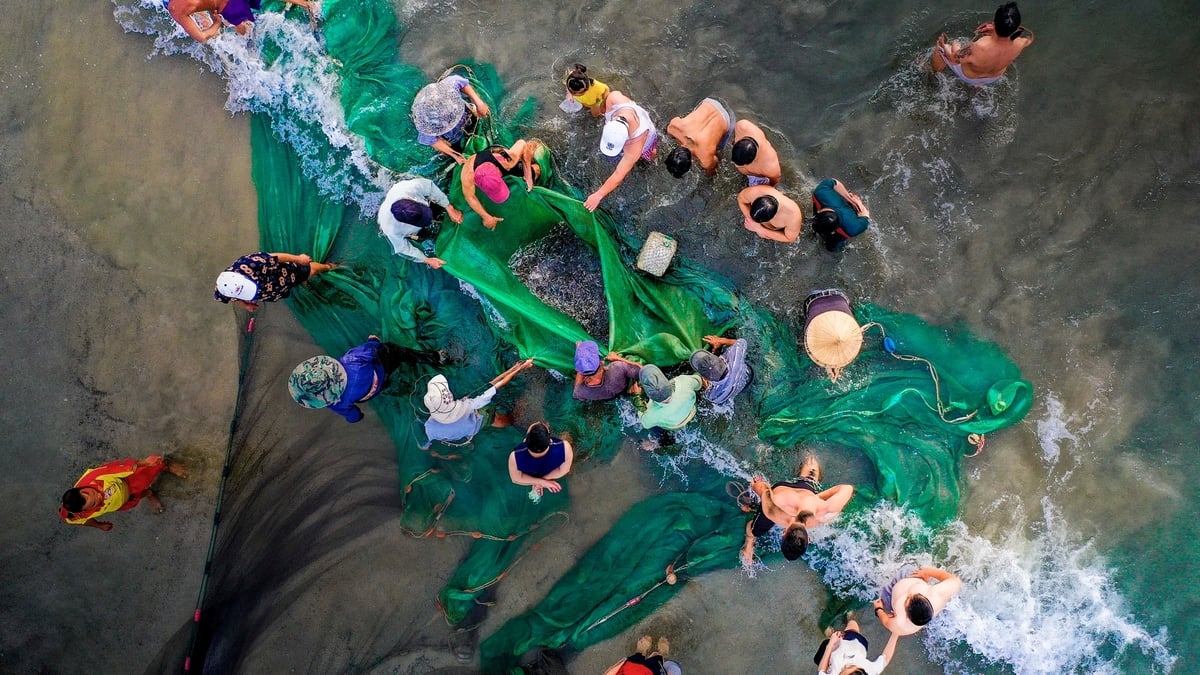
![[Photo] More than 124,000 candidates in Hanoi complete procedures for the 2025 High School Graduation Exam](https://vphoto.vietnam.vn/thumb/1200x675/vietnam/resource/IMAGE/2025/6/25/fa62985b10464d6a943b58699098ae3f)
![[Photo] First training session in preparation for the parade to celebrate the 80th anniversary of National Day, September 2nd](https://vphoto.vietnam.vn/thumb/1200x675/vietnam/resource/IMAGE/2025/6/25/ebf0364280904c019e24ade59fb08b18)

![[Photo] General Secretary To Lam works with the Standing Committee of Quang Binh and Quang Tri Provincial Party Committees](https://vphoto.vietnam.vn/thumb/1200x675/vietnam/resource/IMAGE/2025/6/25/6acdc70e139d44beaef4133fefbe2c7f)

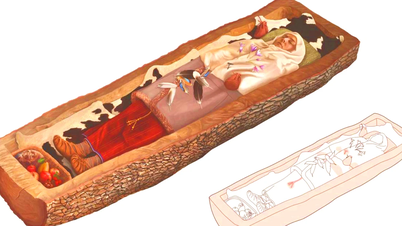


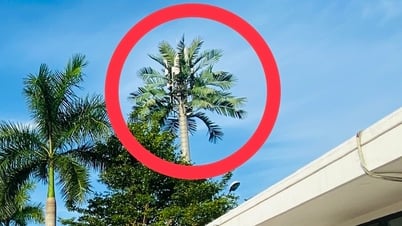






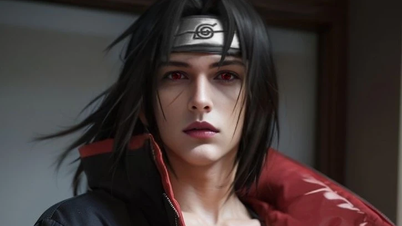
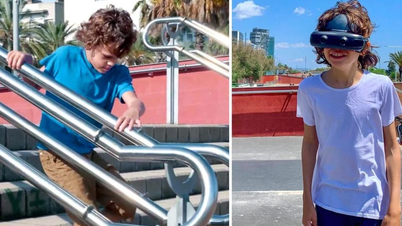










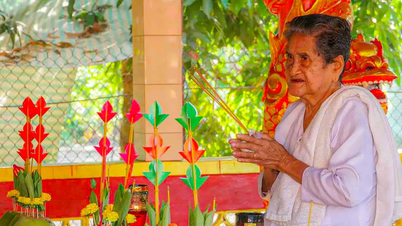






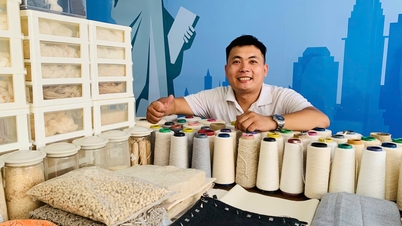
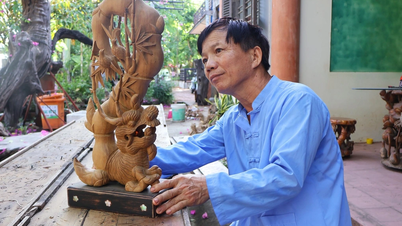



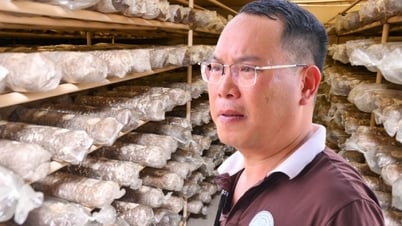














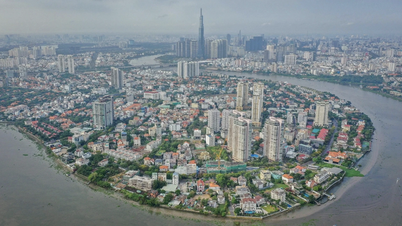




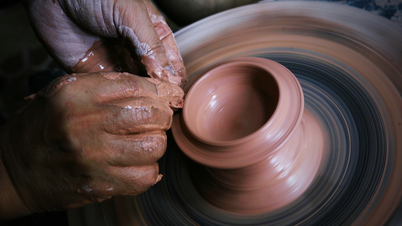




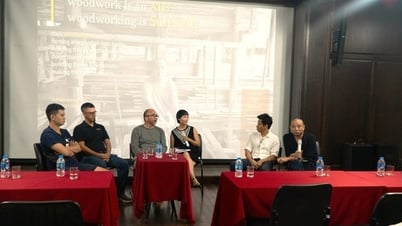
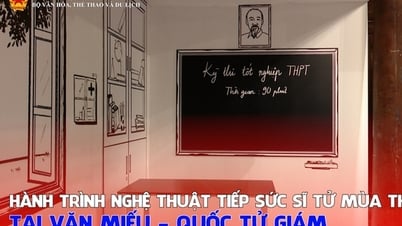


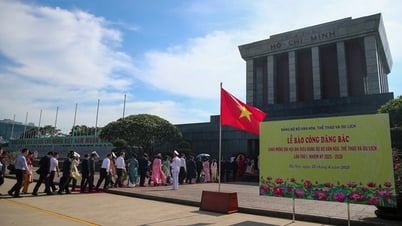
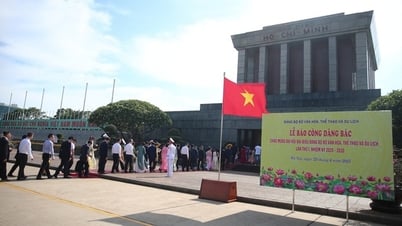
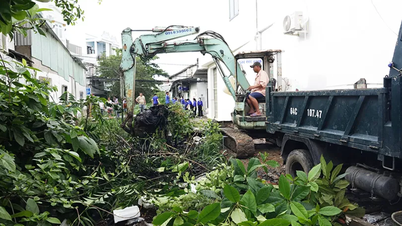





















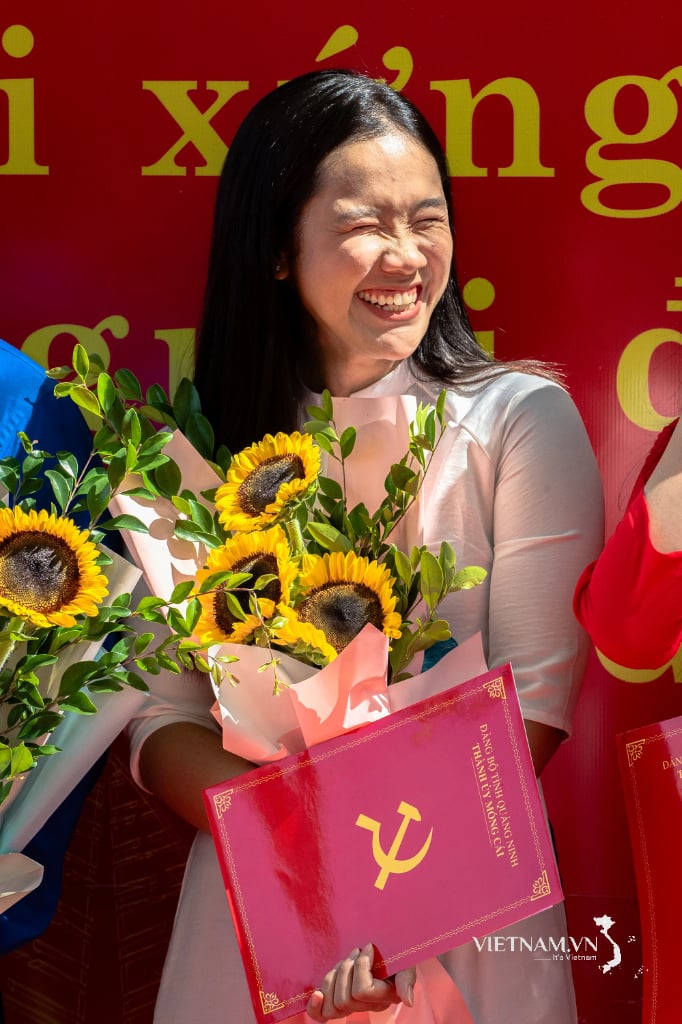
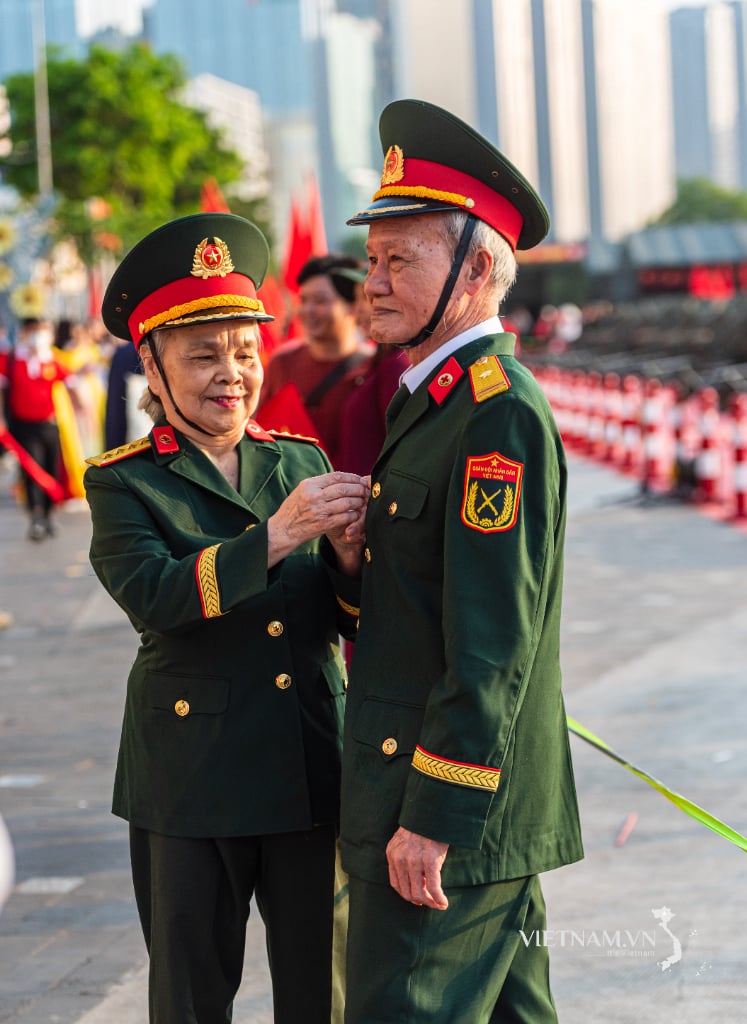

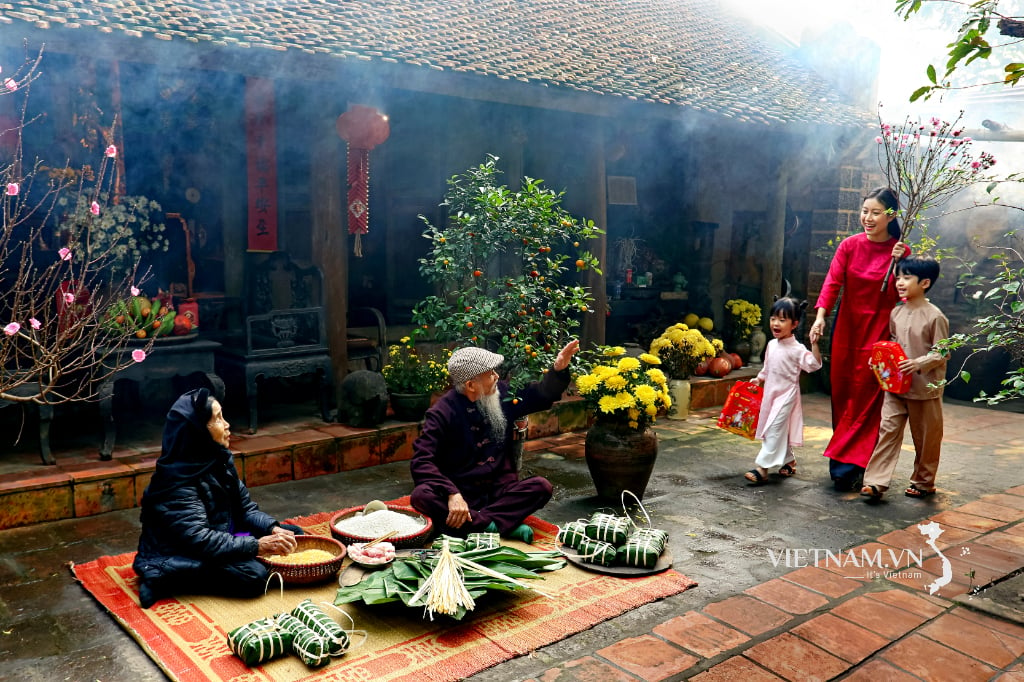
Comment (0)